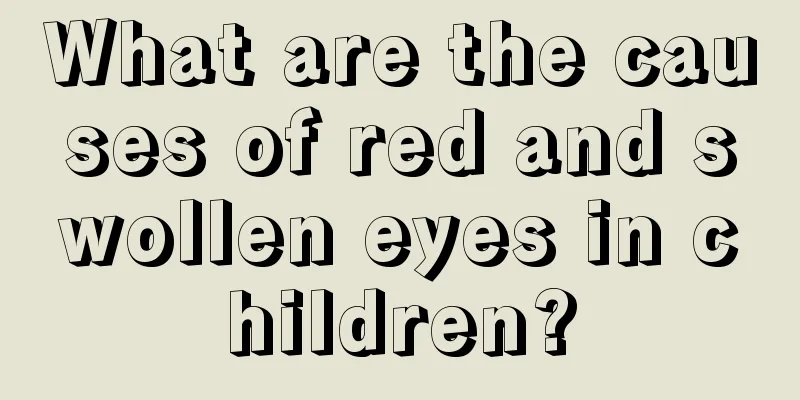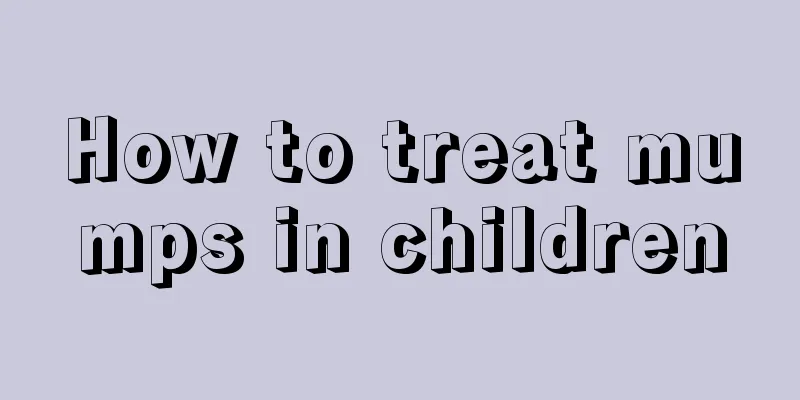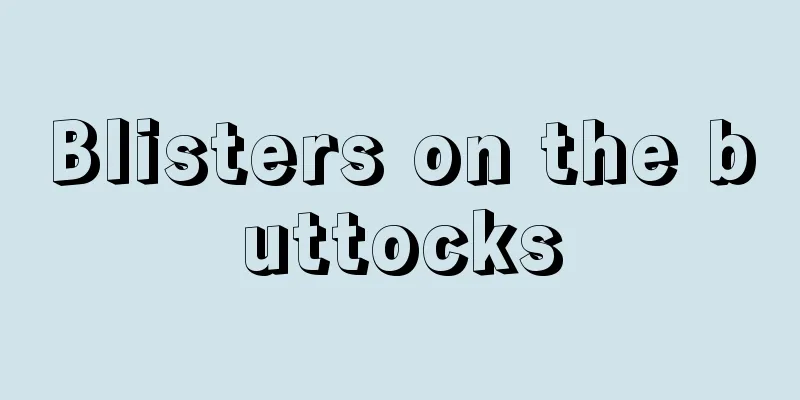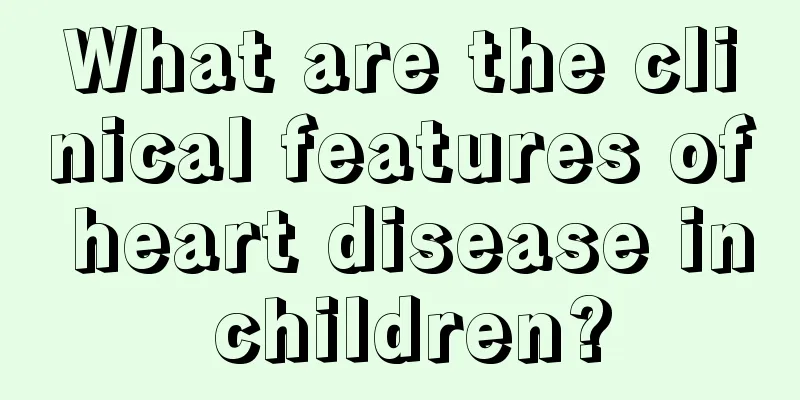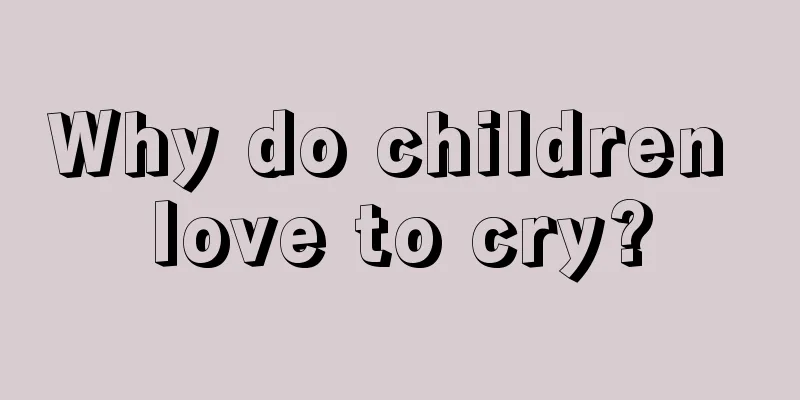What to do if your two-year-old baby has a fever
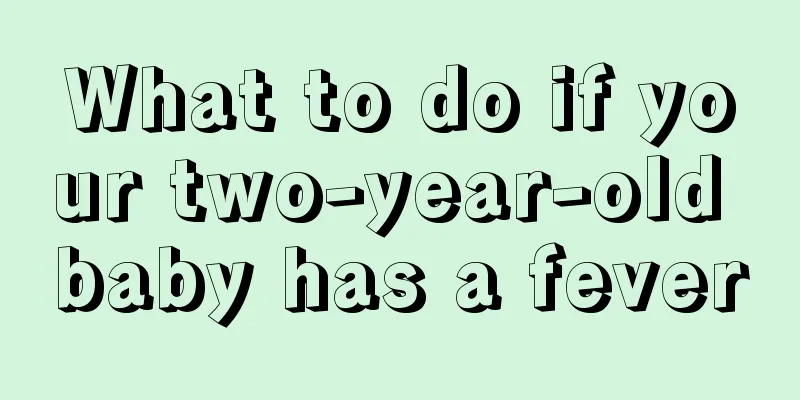
|
Children around one year old are still relatively young. At this time, if the baby often shows symptoms of fever, you should pay attention. It may be due to many factors, such as changes in the environment and the influence of various problems around him. What should you do if a one-year-old baby has a fever? This still depends on the individual's physical changes, and you should choose a fever-reducing method based on the actual situation. Treatment Parents should conduct a preliminary assessment of their newborn's fever, that is, distinguish whether the fever is caused by environmental factors or disease factors. Secondly, choose a good and safe method to reduce fever. In real life, the most common reason for newborn babies to have fever due to environmental factors is excessive warming: such as too many clothes and too many blankets. Especially when the indoor temperature is close to 30℃, if the mother's milk secretion is insufficient, the newborn's milk intake will be reduced, which can cause the newborn to become dehydrated and cause the baby to have a fever. The fever caused by this factor will cause the baby to show symptoms of irritability, crying, flushed skin all over the body, hot hands and feet, and less urine. Parents do not need to panic if their children suffer from fever caused by this situation. By appropriately lowering the ambient temperature (the ideal living room temperature for newborns should be 22-25°C), loosening the quilt or adding more water, the baby's body temperature can return to normal. If a newborn baby has a fever accompanied by worsening reflexes, pale complexion, loss of appetite, and cold hands and feet, this is a fever caused by disease factors. Parents should deal with it rationally and it is best to send the baby to the hospital for examination in time. During transfer, the baby should be wrapped loosely and a cold water bag can be placed on the head. When the body temperature exceeds 39℃, you can first give a warm water bath or warm water sponge bath at home. The water temperature should be 33℃-35℃, and the sponge bathing areas should be the forehead, limbs, groin and armpits. Avoid using alcohol for bathing to prevent the body temperature from dropping sharply, even below 35℃, which will cause adverse effects. Generally, physical cooling is recommended when the baby's fever is below 38 degrees: 1. Provide more ventilation and pay attention to heat dissipation. Keep the indoor temperature between 21℃ and 23℃; 2. Let the child rest in bed and sleep more. Ensuring adequate sleep can be beneficial to the recovery of the disease. Open the blanket or take off too much clothes, wear loose clothes, and avoid wrapping with a quilt; 3. Feed the child with warm water or vitamin C juice frequently, 250 ml per night. 4. Apply an ice pack to your forehead. 5. For high fever, you can use alcohol to wipe the baby's joints, take a warm bath, place the child in warm water 4℃~6℃ lower than body temperature for 5~10 minutes, then wipe the whole body dry with a large towel and gently massage the skin until it turns red; you can also use 32℃~34℃ warm water, which is not hot enough for the skin on the inside of an adult's wrist, to bathe the child, focusing on scrubbing the forehead, neck, armpits, groin and limbs. The whole bathing time is 10~15 minutes, until the child's temperature drops to 38℃, etc.). This physical cooling method is very effective. Precautions Generally, antipyretic drugs, such as Anesthesia drops and Tylenol, should be used only after the body temperature reaches 39 degrees. When infants and young children under 3 years old have a high fever, physical cooling methods should be used first. Generally, antipyretic injections and antipyretic drugs are not required to avoid collapse and drug toxicity reactions. Various antipyretics such as aspirin and phenacetin can easily produce toxic effects in the neonatal period or cause collapse at slightly larger doses, so antipyretics should be used with caution when the newborn has a fever. When the room temperature is too high, try to lower it and slightly loosen the newborn's blanket to facilitate heat dissipation. If the baby is wrapped too tightly, the heat will not be able to dissipate and the body temperature will rise further. If the newborn's body temperature exceeds 39 degrees, you can use a warm towel to wipe the forehead, neck, armpits, limbs and thighs to promote heat dissipation from the skin. At this time, you should also feed your baby more boiled water to help excrete toxins. |
<<: What to do if your two and a half year old baby coughs
>>: What causes bad breath in a two-year-old baby?
Recommend
Can children with roseola be exposed to the wind?
Roseola infantum is most common in babies aged si...
What should children eat if they sweat easily?
Many friends, when examining themselves or their ...
How to change milk powder for newborn
In life, sometimes if the mother’s breast milk is...
What should I do if my baby has green diarrhea?
The baby's every move is what the family care...
Reasons why children do not grow taller
Everyone knows that adolescence is the most impor...
How to prevent colds in children in spring
The climate does not start to warm up immediately...
How to prevent cerebral palsy in premature babies?
Cerebral palsy is a relatively common brain disea...
What are the causes of nosebleeds in 2-year-old children?
Some people always think that nosebleeds only hap...
What's the matter with blood in baby's stool?
If there is blood in the baby's stool, it may...
How to soothe a newborn to sleep?
Newborns are too young to speak, so they can only...
What to do if you have urine leakage after giving birth
After giving birth, many new mothers do not pay a...
How should synovitis in children be treated better?
Due to the age of children and the fact that thei...
Is it normal for a two month old baby to have teeth?
Is it normal for a two month old baby to have tee...
What's wrong with my baby's runny nose and cough?
Babies can’t tell us when they are sick, nor can ...
Ways to improve your baby's immunity
it is known. The baby's body is still small a...
